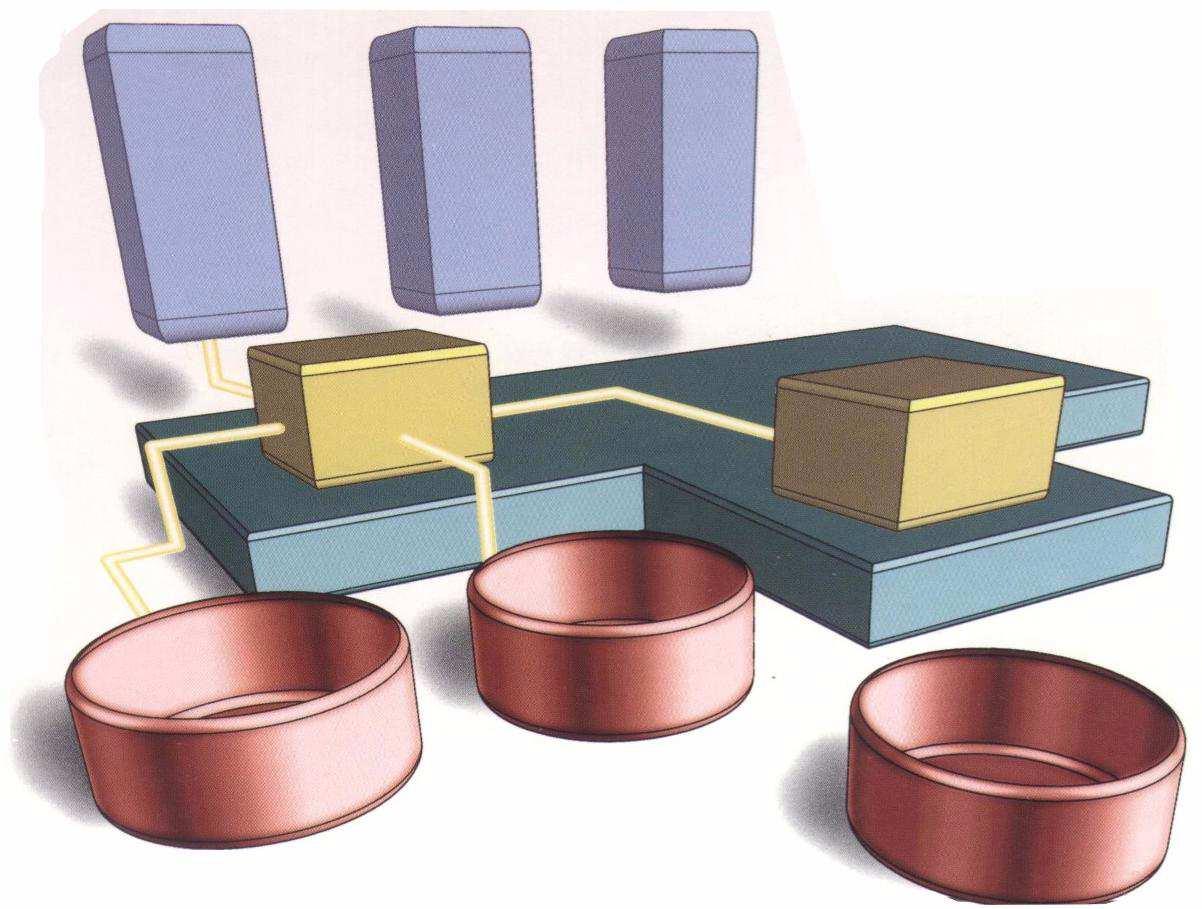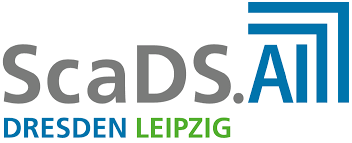Reference Publication Year Spectroscopy (RPYS) was proposed by Marx, Bornmann, Barth, and Leydesdorff (2014) to identify seminal publications in a research field which are most important in a historical context. We refined our RPYS toolbox by adding some features to the existing programs and we developed two new routines. First, a direct comparison of the results of different RPYSs is now possible, because the software transforms the results of the RPYS into percentiles for standardization. Second, we added routines that facilitate the user with retrieving the most-cited publications in specific years indicated by peaks in the spectrograms. Cited references can be aggregated across misspellings and variants. For this paper, two examples from the humanities and natural sciences are provided to demonstrate the functionalities and results of the programs. A more technical description of the usage of the programs can be found at http://www.leydesdorff.net/software/rpys/.



